1
Shipwrecked!
Discover how shipwrecks become artificial reefs and home to sea creatures like the zebra shark at Shipwrecked!, one of our largest habitats.
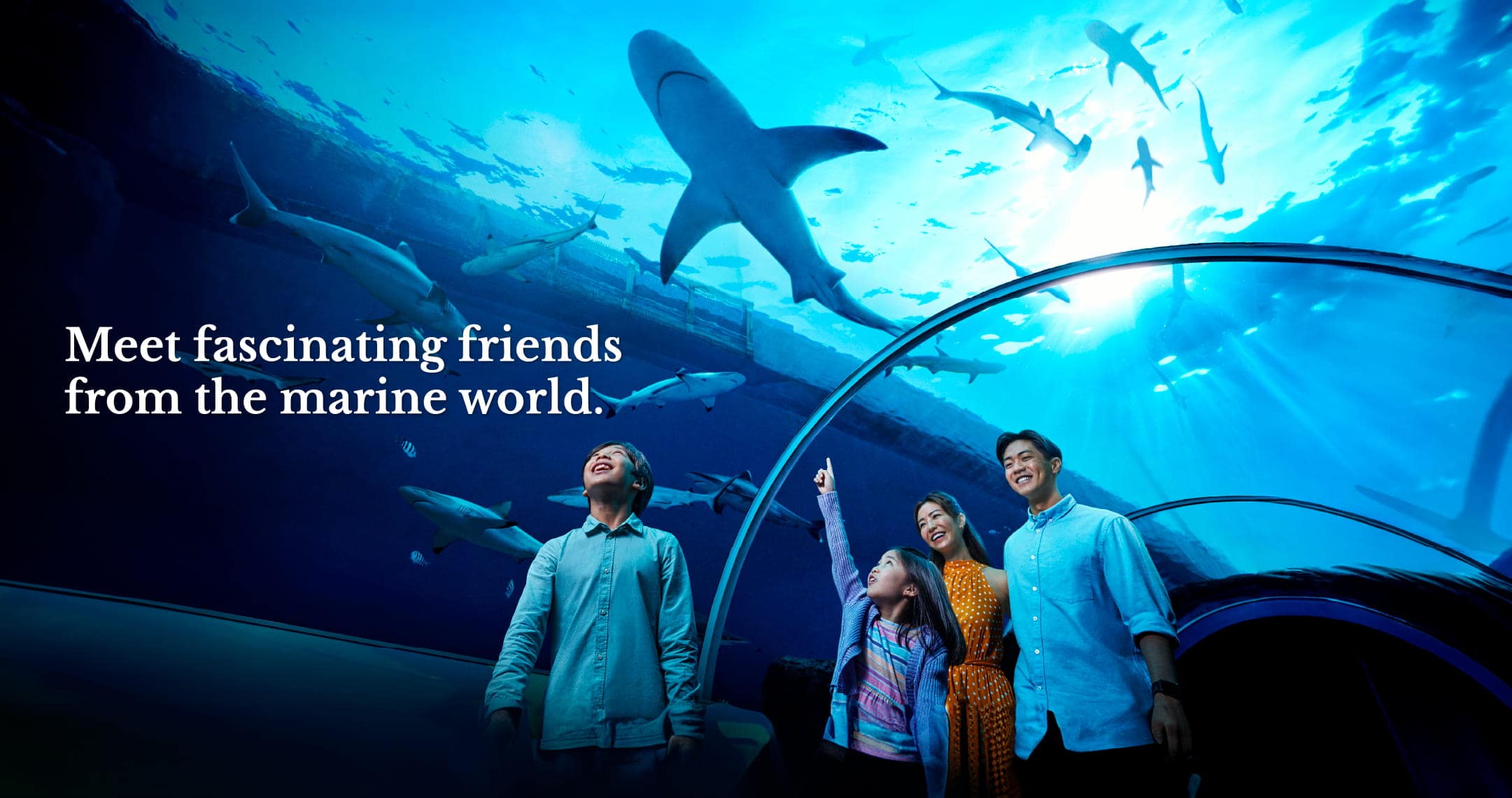
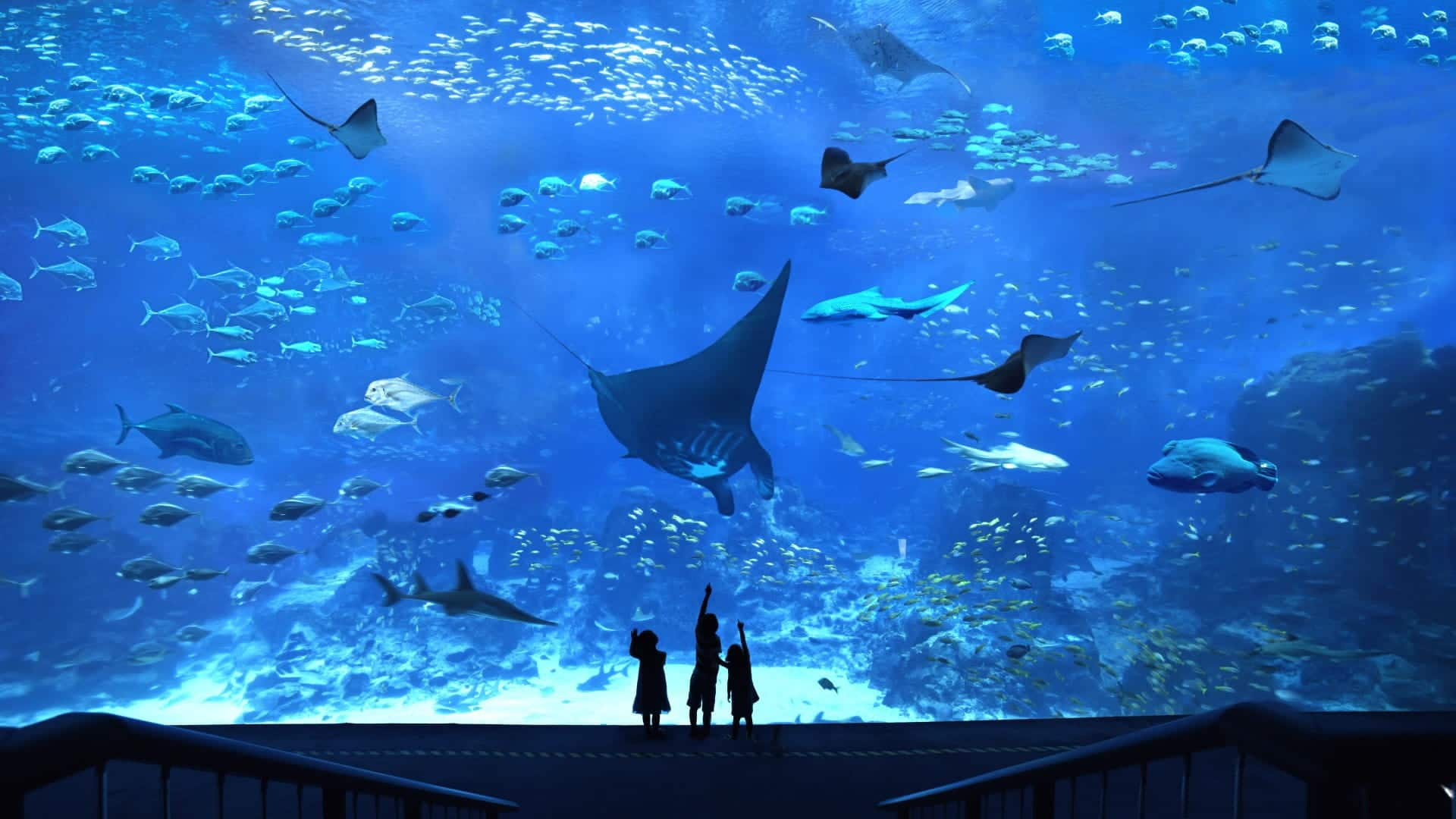




S.E.A. Aquarium is one of the world’s largest aquariums, home to more than 100,000 marine animals representing 1,000 species across more than 40 diverse habitats. The vast array of aquatic life is complemented by interactive programmes, up-close animal encounters and immersive learning journeys to inspire visitors to protect the world’s oceans.
Cashless, Seamless Moments
Our resort encourages cashless payments. Tap and pay with your contactless cards or digital wallets at our attractions, hotels and RWS-owned dining establishments.
Book your ticket now
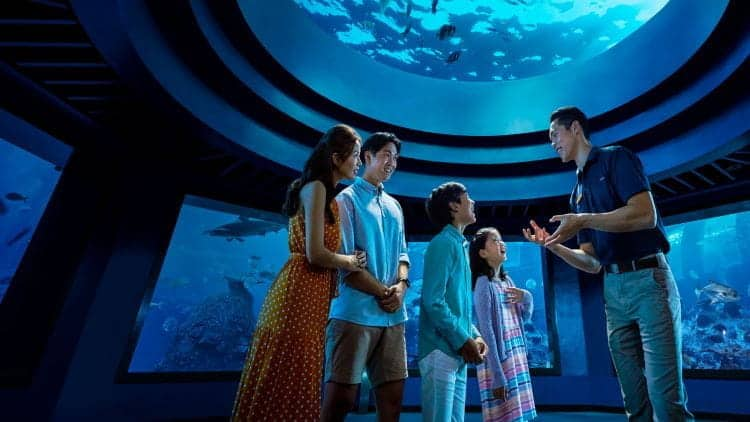
S.E.A. Aquarium VIP Experience
Get up close to Nature’s bountiful treasures with an exclusive behind-the-scenes tour, Dolphin Encounter Experience and more.
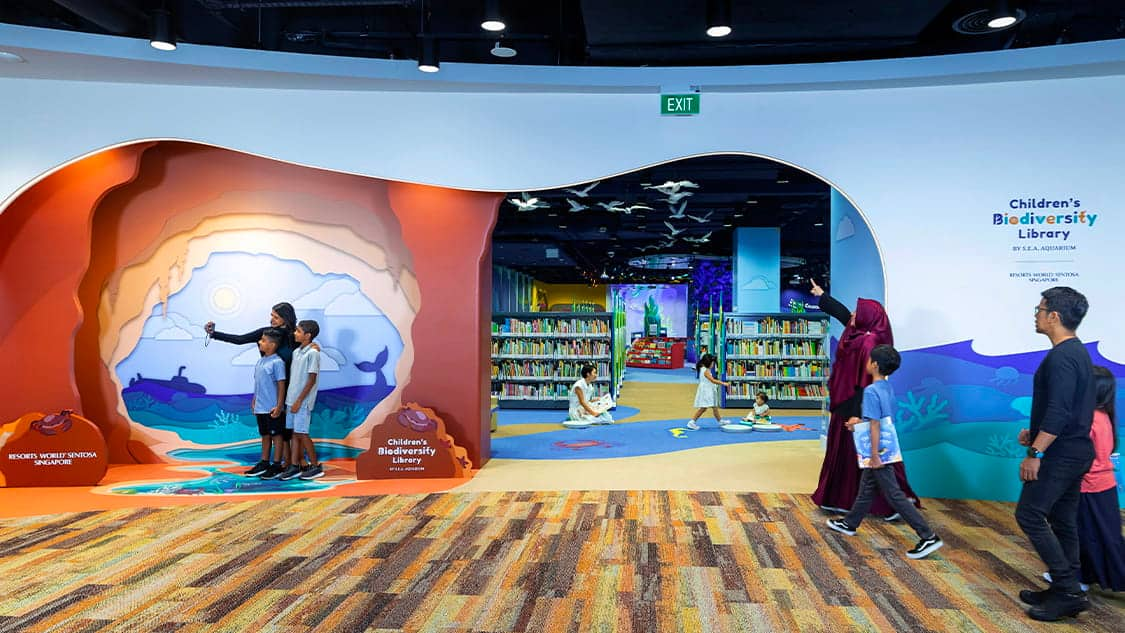
Children’s Biodiversity Library by S.E.A. Aquarium
Bring your kids down to Singapore's first public library marine biodiversity-themed learning space to discover more about marine life and their habitats.

S.E.A. Aquarium VIP Experience
Get up close to Nature’s bountiful treasures with an exclusive behind-the-scenes tour, Dolphin Encounter Experience and more.

Children’s Biodiversity Library by S.E.A. Aquarium
Bring your kids down to Singapore's first public library marine biodiversity-themed learning space to discover more about marine life and their habitats.

S.E.A. Aquarium VIP Experience
Get up close to Nature’s bountiful treasures with an exclusive behind-the-scenes tour, Dolphin Encounter Experience and more.

Children’s Biodiversity Library by S.E.A. Aquarium
Bring your kids down to Singapore's first public library marine biodiversity-themed learning space to discover more about marine life and their habitats.

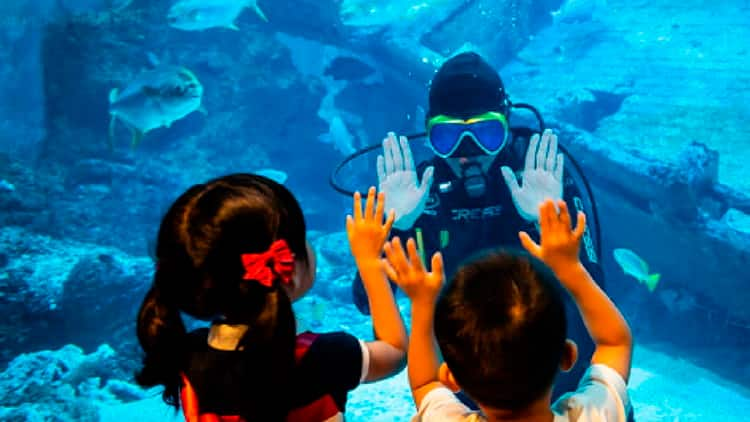
Dive Feeding @ Shipwreck
Thursday to Tuesday: 10.30am
See the habitat come alive during a dive feeding. Watch colourful fishes, rays and sharks swim gracefully around.
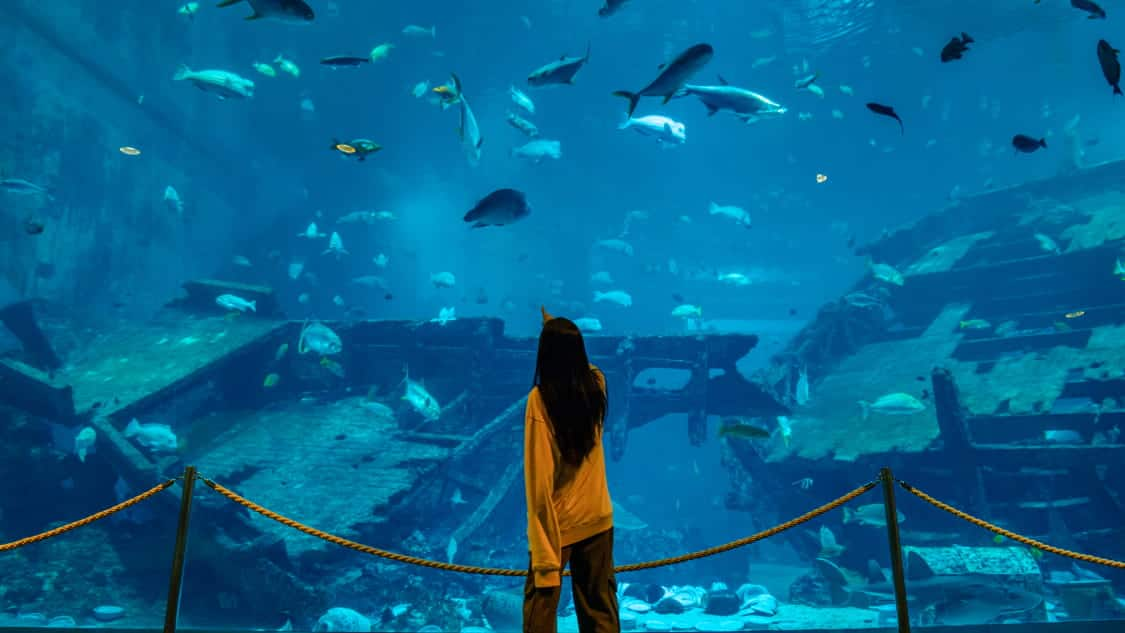
Shipwreck Unravelled @ Shipwreck Habitat
Weekends and Public Holidays: 3.30pm (Duration: 10 minutes)
Uncover the mysteries that lie within a shipwreck – its effects on our ocean, and the marine life that depends on it.
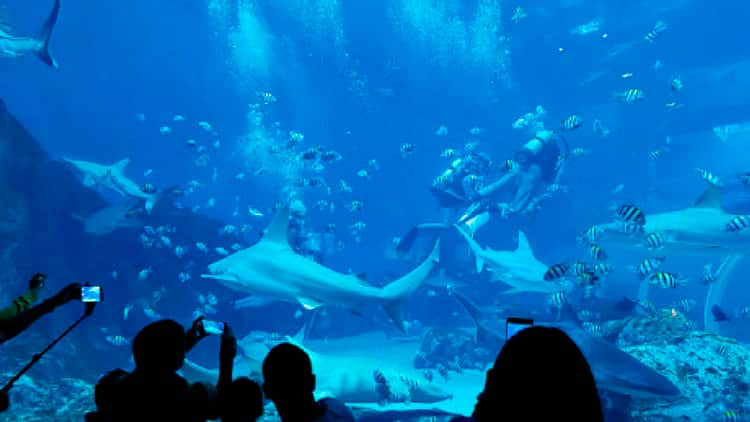
Sensational Sharks @ Shark Seas
Every Tues & Thurs: 2.30pm
Watch our chainmail-clad diver descend into Shark Seas to feed our majestic colony of sharks.

Say Cheese with the Manta Mascots
Mon - Fri: 12pm & 4pm
Sat, Sun & Public Holidays: 12pm, 3pm, 4pm
Get a selfie with one of our mascots. This is a popular meet & greet for the little ones.

Sea Jelly Secrets @ Sea Jellies Habitat
Daily: 11.45am (Duration: 5 mins)
Learn more about these animals, their diet and how we care for them from an aquarium specialist.
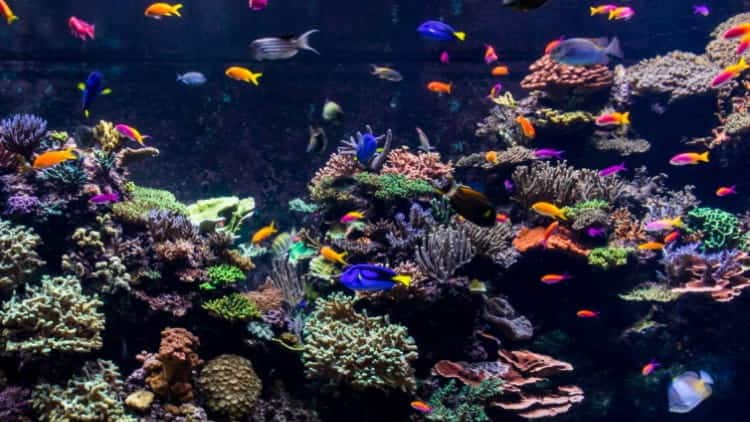
Curious about Coral @ Coral Habitat
Daily: 1.30pm (Duration: 5 mins)
Know more about the different types of corals, why corals are vital to the ocean, and how we care for them from an aquarium specialist.
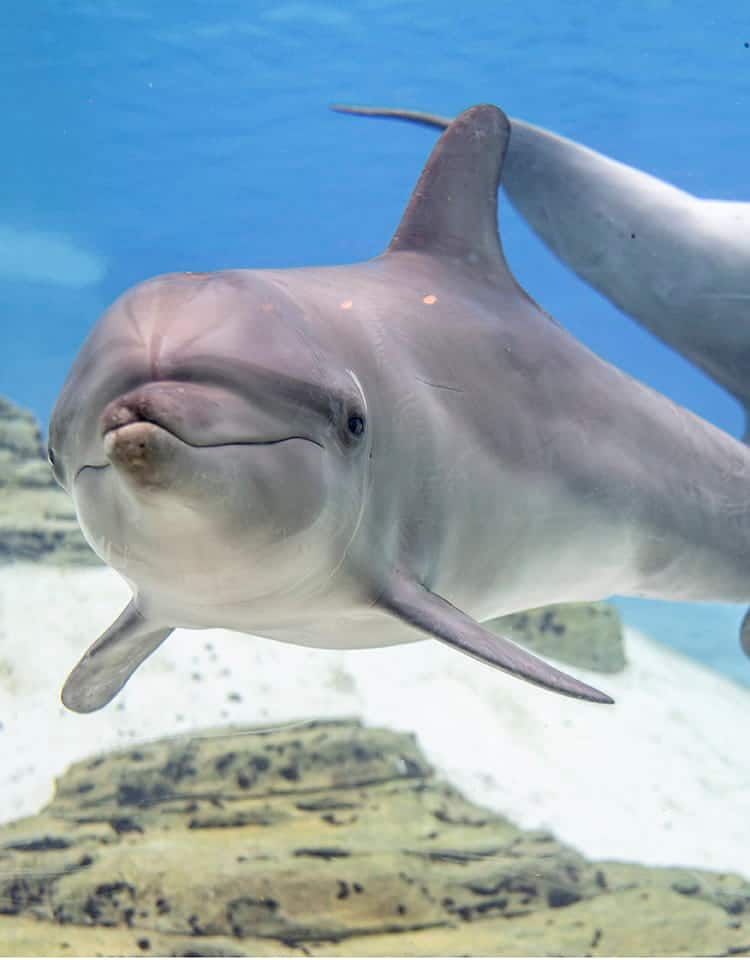
Indo-Pacific Bottlenose Dolphins @ Dolphin habitat
[Our marine mammal habitat viewing panel will be closed every Tuesday and Wednesday for upgrading works.]
Dolphins are social animals that live in small groups known as pods. Through the in-park glass panel, watch playful dolphins frolic and interact in one of many interconnected lagoons.
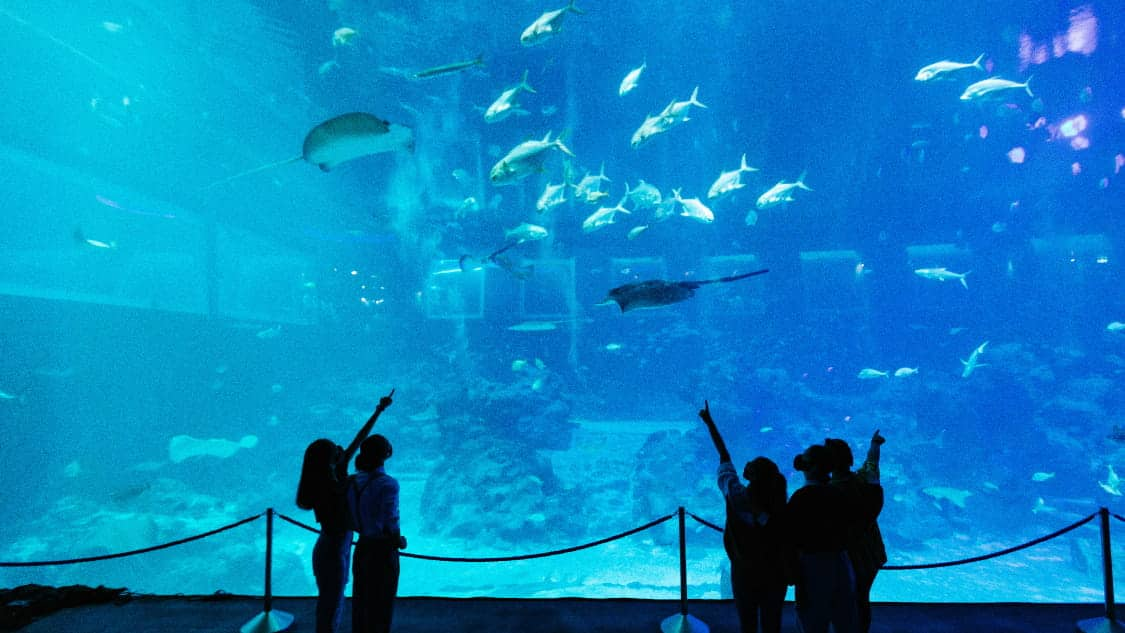
Open Ocean Discovery @ Open Ocean Habitat
Daily: 1.15pm (Duration: 10 minutes)
Witness the spectacular view our largest habitat offers, and learn more about marvellous marine animals such as the manta ray and giant grouper residing there.

Dive Feeding @ Shipwreck
Thursday to Tuesday: 10.30am
See the habitat come alive during a dive feeding. Watch colourful fishes, rays and sharks swim gracefully around.

Shipwreck Unravelled @ Shipwreck Habitat
Weekends and Public Holidays: 3.30pm (Duration: 10 minutes)
Uncover the mysteries that lie within a shipwreck – its effects on our ocean, and the marine life that depends on it.

Sensational Sharks @ Shark Seas
Every Tues & Thurs: 2.30pm
Watch our chainmail-clad diver descend into Shark Seas to feed our majestic colony of sharks.

Say Cheese with the Manta Mascots
Mon - Fri: 12pm & 4pm
Sat, Sun & Public Holidays: 12pm, 3pm, 4pm
Get a selfie with one of our mascots. This is a popular meet & greet for the little ones.

Sea Jelly Secrets @ Sea Jellies Habitat
Daily: 11.45am (Duration: 5 mins)
Learn more about these animals, their diet and how we care for them from an aquarium specialist.

Curious about Coral @ Coral Habitat
Daily: 1.30pm (Duration: 5 mins)
Know more about the different types of corals, why corals are vital to the ocean, and how we care for them from an aquarium specialist.

Indo-Pacific Bottlenose Dolphins @ Dolphin habitat
[Our marine mammal habitat viewing panel will be closed every Tuesday and Wednesday for upgrading works.]
Dolphins are social animals that live in small groups known as pods. Through the in-park glass panel, watch playful dolphins frolic and interact in one of many interconnected lagoons.

Open Ocean Discovery @ Open Ocean Habitat
Daily: 1.15pm (Duration: 10 minutes)
Witness the spectacular view our largest habitat offers, and learn more about marvellous marine animals such as the manta ray and giant grouper residing there.

Dive Feeding @ Shipwreck
Thursday to Tuesday: 10.30am
See the habitat come alive during a dive feeding. Watch colourful fishes, rays and sharks swim gracefully around.

Shipwreck Unravelled @ Shipwreck Habitat
Weekends and Public Holidays: 3.30pm (Duration: 10 minutes)
Uncover the mysteries that lie within a shipwreck – its effects on our ocean, and the marine life that depends on it.

Sensational Sharks @ Shark Seas
Every Tues & Thurs: 2.30pm
Watch our chainmail-clad diver descend into Shark Seas to feed our majestic colony of sharks.

Say Cheese with the Manta Mascots
Mon - Fri: 12pm & 4pm
Sat, Sun & Public Holidays: 12pm, 3pm, 4pm
Get a selfie with one of our mascots. This is a popular meet & greet for the little ones.

Sea Jelly Secrets @ Sea Jellies Habitat
Daily: 11.45am (Duration: 5 mins)
Learn more about these animals, their diet and how we care for them from an aquarium specialist.

Curious about Coral @ Coral Habitat
Daily: 1.30pm (Duration: 5 mins)
Know more about the different types of corals, why corals are vital to the ocean, and how we care for them from an aquarium specialist.

Indo-Pacific Bottlenose Dolphins @ Dolphin habitat
[Our marine mammal habitat viewing panel will be closed every Tuesday and Wednesday for upgrading works.]
Dolphins are social animals that live in small groups known as pods. Through the in-park glass panel, watch playful dolphins frolic and interact in one of many interconnected lagoons.

Open Ocean Discovery @ Open Ocean Habitat
Daily: 1.15pm (Duration: 10 minutes)
Witness the spectacular view our largest habitat offers, and learn more about marvellous marine animals such as the manta ray and giant grouper residing there.

1
Shipwrecked!

2
School of Fish

3
Ocean Diversity

4
Open Ocean Habitat

5
Quirky Adaptations

6
Underwater City

7
Apex Predators of the Sea
1
Shipwrecked!
Discover how shipwrecks become artificial reefs and home to sea creatures like the zebra shark at Shipwrecked!, one of our largest habitats.
2
School of Fish
Discover 5,000 fishes, test your marine knowledge, learn about Singapore's marine biodiversity and more at the School of Fish.
3
Ocean Diversity
Marvel at the amazing diversity of species, gathered more than 1,000 species across the world!
4
Open Ocean Habitat
Our Open Ocean Habitat is teeming with life with over 40,000 marine creatures across 120 different species.
5
Quirky Adaptations
Our oceans are filled with so many wonderful creatures, some more other-worldly than others! Come be amazed by nature's quirky characters including the elephant fish and squirrelfish.
6
Underwater City
Discover the wonders of coral reefs and why these city-like large underwater structures are important to the marine ecosystem.
7
Apex Predators of the Sea
Come meet our 12 species of shark, over 100 apex predators of the sea, including the endangered scalloped hammerhead shark.
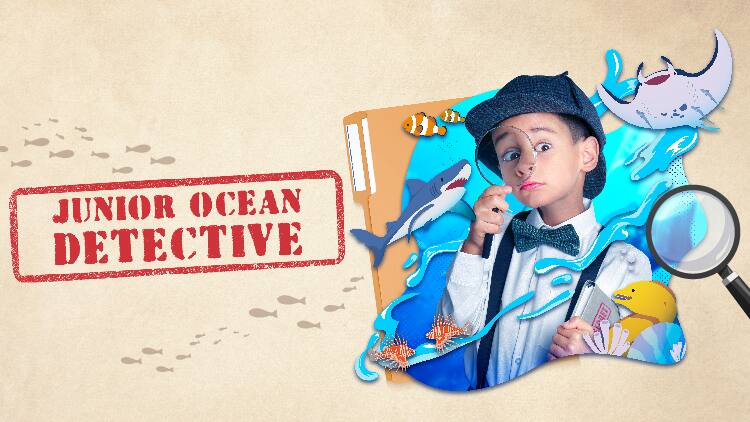
Junior Ocean Detective
Set your kids off on an investigative journey to seek out clues and solve marine-animal mysteries in this fun and educational programme.
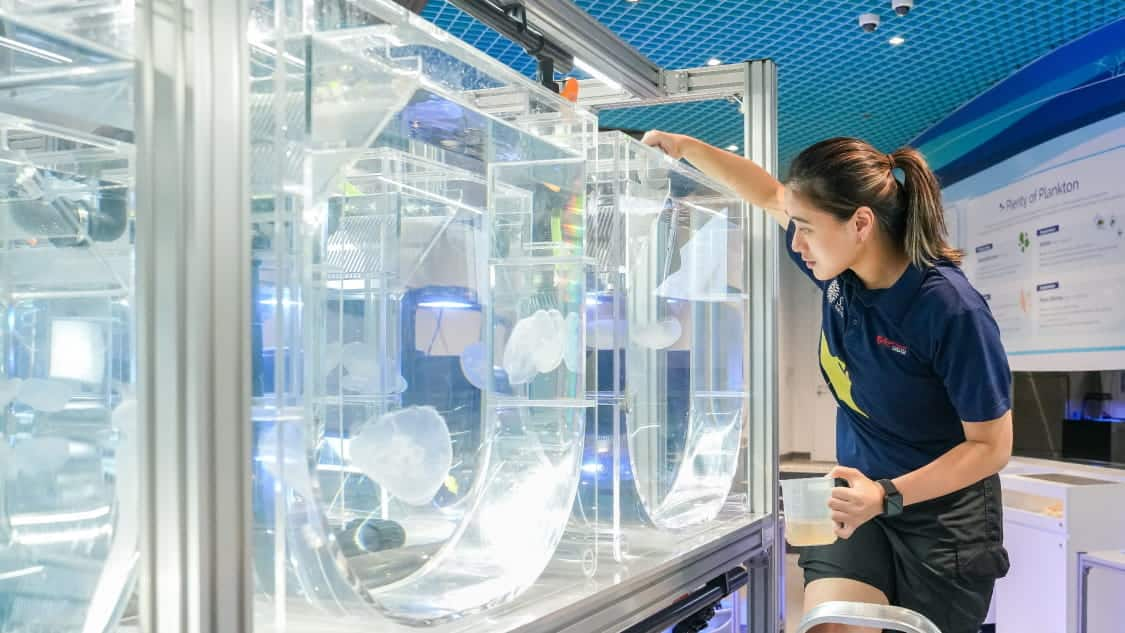
Behind The Scenes: Aquarist Lab
Peer into our Aquarist Lab for an insider’s look at how we culture live food and provide care for our young animals.
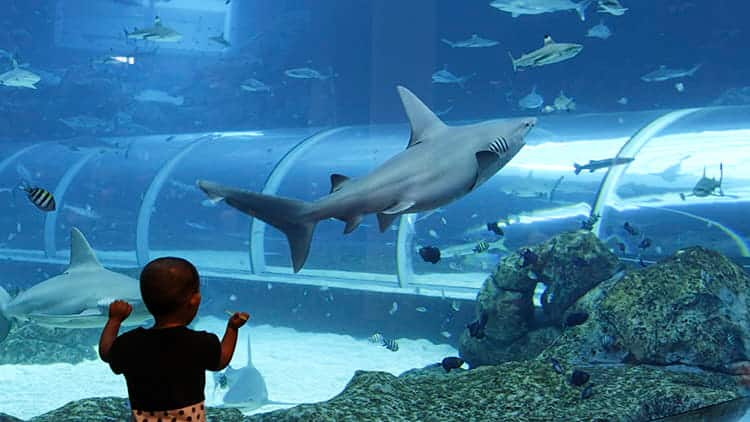
Pre-school Programme
Inspire your young learners to care for our marine environment through these engaging facilitated education trails.
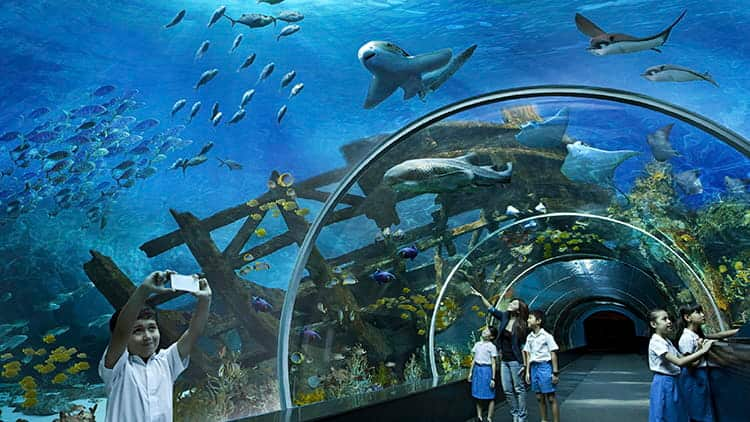
Primary School Programmes
Give your students the gift of exploring the amazing diversity of our beautiful coral habitats and marine ecosystems.
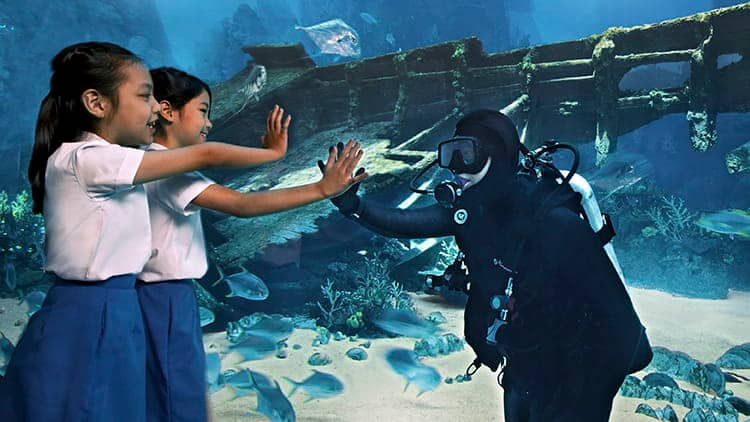
Secondary and Post-Secondary School Programmes
Inspire the next generation of marine professionals through these immersive guided tours and programmes.
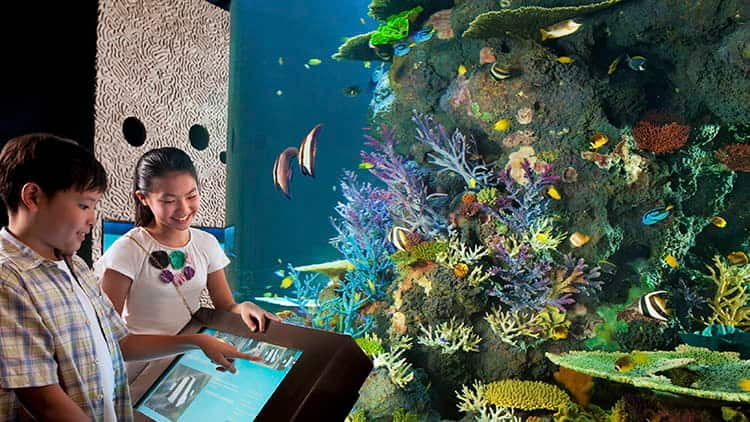
Educator Programmes
Join us in an enriching session as our guides enthrall you with educational information to enhance your lessons at school.
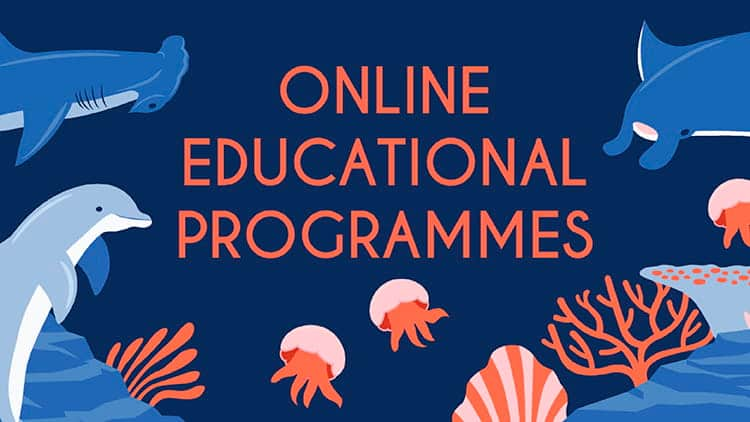
Virtual Programmes
Join us on a virtual exploration in the ocean and marvel at the beauty of marine environments as we encourage your young learners to care for life around them.
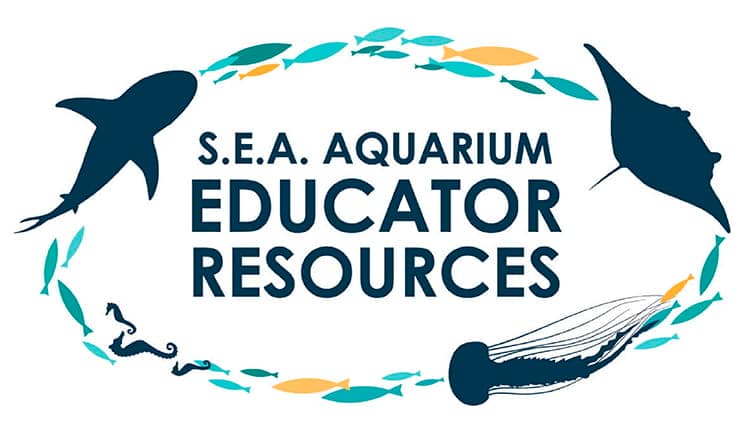
Educator Resources
Draw on our specially designed resources for your students to understand more about the oceans and its inhabitants.
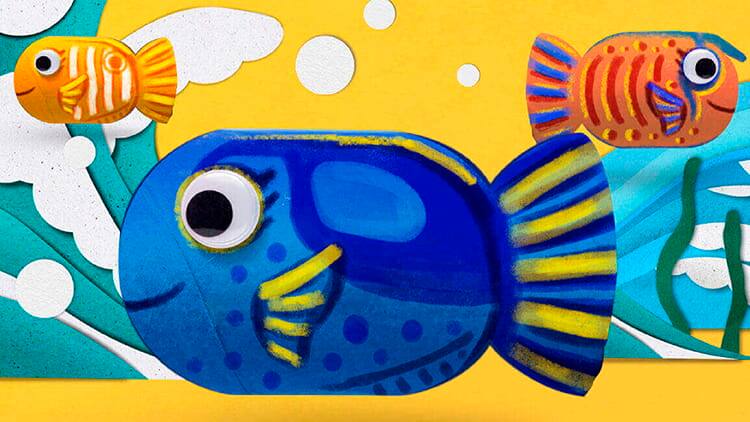
Fun Academy
Explore our engaging activities for preschool and primary school children to learn all about marine conservation.

Pre-school Programme
Inspire your young learners to care for our marine environment through these engaging facilitated education trails.

Primary School Programmes
Give your students the gift of exploring the amazing diversity of our beautiful coral habitats and marine ecosystems.

Secondary and Post-Secondary School Programmes
Inspire the next generation of marine professionals through these immersive guided tours and programmes.

Educator Programmes
Join us in an enriching session as our guides enthrall you with educational information to enhance your lessons at school.

Virtual Programmes
Join us on a virtual exploration in the ocean and marvel at the beauty of marine environments as we encourage your young learners to care for life around them.

Educator Resources
Draw on our specially designed resources for your students to understand more about the oceans and its inhabitants.

Fun Academy
Explore our engaging activities for preschool and primary school children to learn all about marine conservation.

Pre-school Programme
Inspire your young learners to care for our marine environment through these engaging facilitated education trails.

Primary School Programmes
Give your students the gift of exploring the amazing diversity of our beautiful coral habitats and marine ecosystems.

Secondary and Post-Secondary School Programmes
Inspire the next generation of marine professionals through these immersive guided tours and programmes.

Educator Programmes
Join us in an enriching session as our guides enthrall you with educational information to enhance your lessons at school.

Virtual Programmes
Join us on a virtual exploration in the ocean and marvel at the beauty of marine environments as we encourage your young learners to care for life around them.

Educator Resources
Draw on our specially designed resources for your students to understand more about the oceans and its inhabitants.

Fun Academy
Explore our engaging activities for preschool and primary school children to learn all about marine conservation.
Download and print the park map ready for your visit or view on your mobile phone.
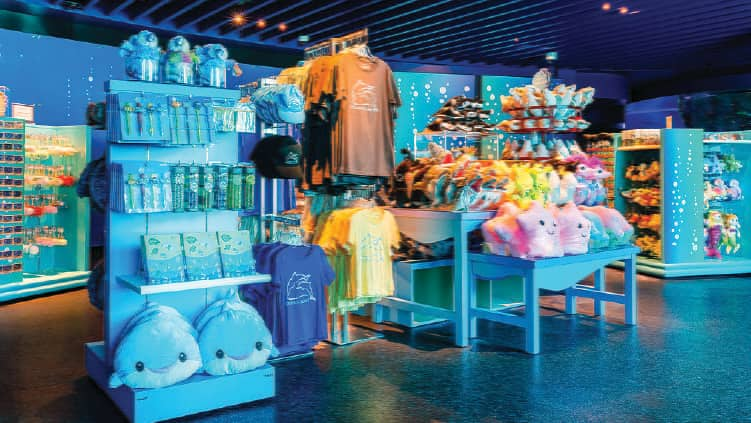
SEAA Treasures
Take home some gifts to remind you of your visit to S.E.A. Aquarium. Our plush toys and snazzy accessories make for great gifts.

Ocean Bites
Take a break and enjoy tasty treats such as refreshing drinks, tempting cakes, delectable sandwiches and more.
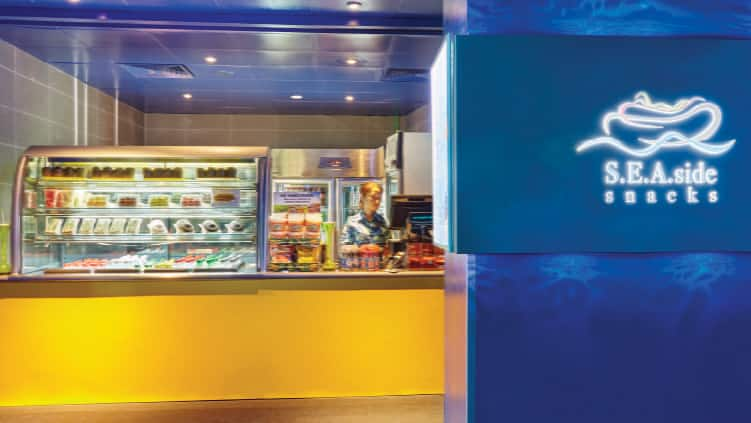
S.E.A.side Snacks
Indulge in an up-close view of our amazing dolphins while you wait for your order of tasty hot dogs, pastries and refreshing beverages.

SEAA Treasures
Take home some gifts to remind you of your visit to S.E.A. Aquarium. Our plush toys and snazzy accessories make for great gifts.

Ocean Bites
Take a break and enjoy tasty treats such as refreshing drinks, tempting cakes, delectable sandwiches and more.

S.E.A.side Snacks
Indulge in an up-close view of our amazing dolphins while you wait for your order of tasty hot dogs, pastries and refreshing beverages.

SEAA Treasures
Take home some gifts to remind you of your visit to S.E.A. Aquarium. Our plush toys and snazzy accessories make for great gifts.

Ocean Bites
Take a break and enjoy tasty treats such as refreshing drinks, tempting cakes, delectable sandwiches and more.

S.E.A.side Snacks
Indulge in an up-close view of our amazing dolphins while you wait for your order of tasty hot dogs, pastries and refreshing beverages.
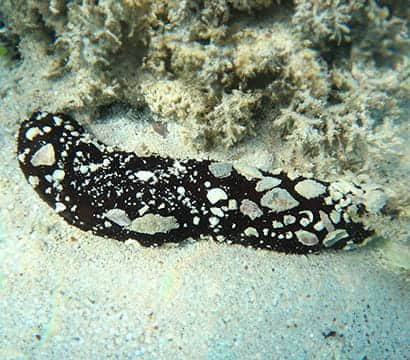
Black Sea Cucumber
Black sea cucumbers live on the sea floor, often covered in sand and feed on decaying matter.
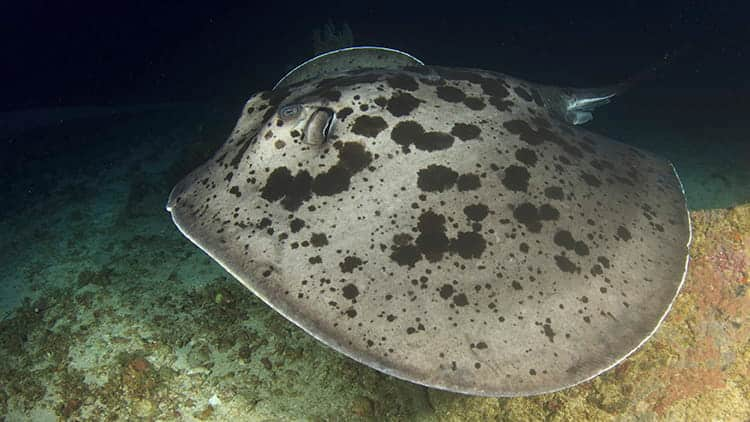
Black-blotched Fantail Ray
These rays get their name from the blotches on their broad, circular bodies and have a tail that looks like a fan when they swim.
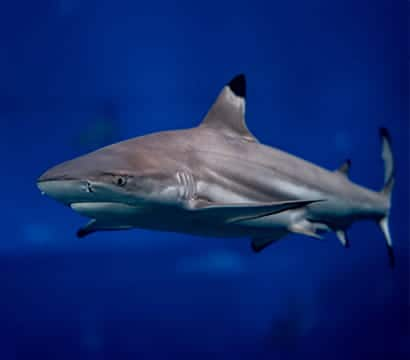
Blacktip Reef Shark
Blacktip reef sharks are identified by their black-tipped fins and inhabit shallow waters near coral reefs.
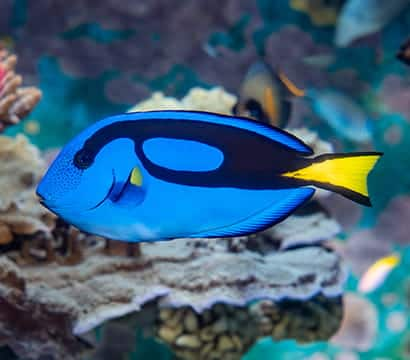
Blue Tang
Blue Tangs are surgeonfish that have a royal blue body with a black palette shape and a yellow tail.

Bowmouth Guitarfish
These endangered rays are often mistaken for sharks due to how their bodies taper off towards the tail like a shark's.
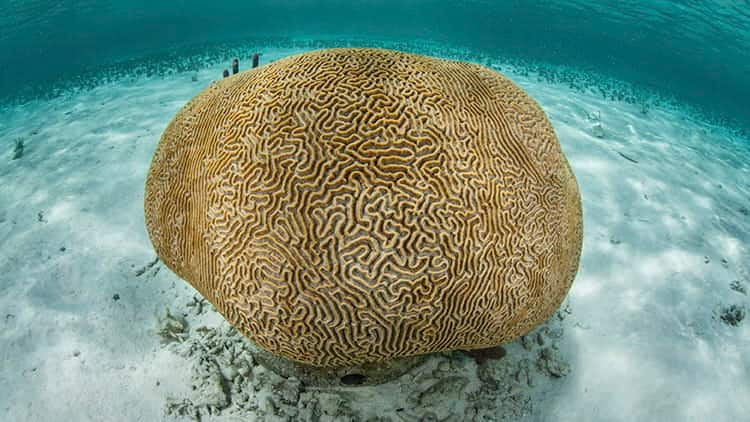
Brain Coral
Brain coral colonies, often found on reef flats, are massive and form thick walls that are flat or dome-shaped.
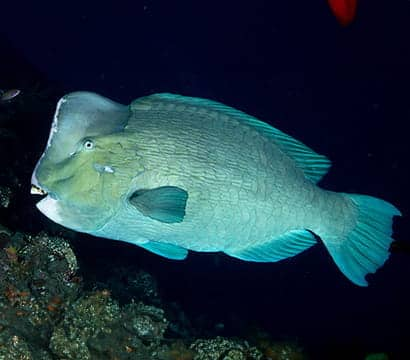
Bumphead Parrotfish
Bumphead parrotfish are one of the largest coral reef fishes, and can grow up to 1.3 metres in length.
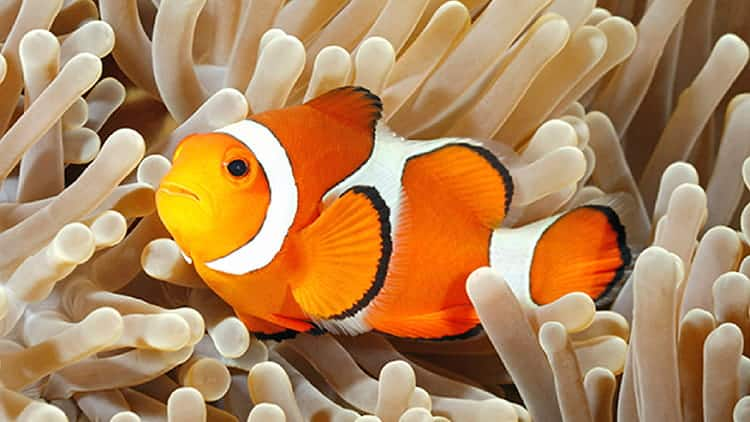
Clownfish
Clownfish are feisty fishes that have a special relationship with sea anemones.
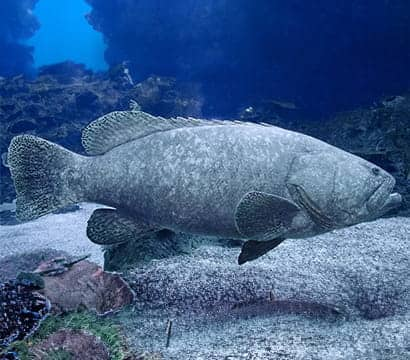
Giant Grouper
Giant groupers are one of the world's largest reef-dwelling bony fish, growing up to 2.7 metres.
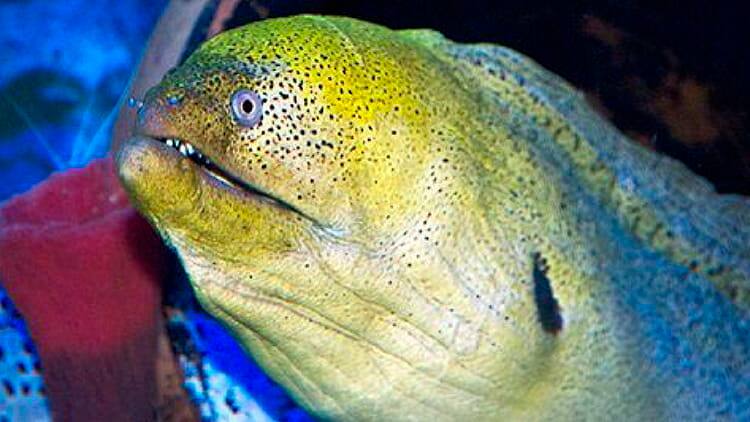
Giant Moray Eel
Moray eels look like snakes but they are in fact a type of fish.
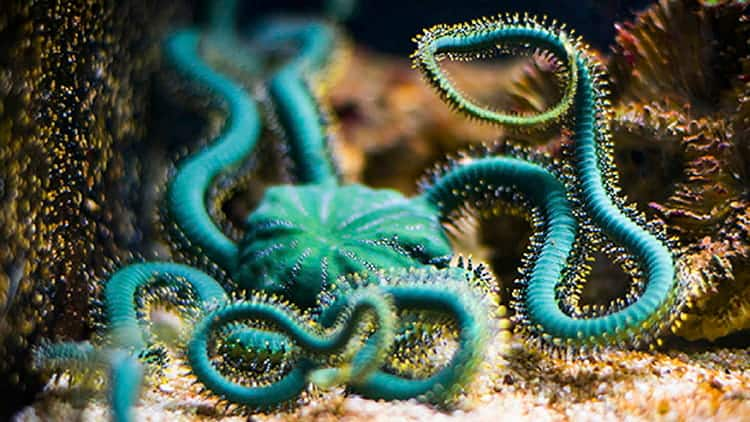
Green Brittle Star
Brittle stars are one of the fastest-moving echinoderms, darting underneath rocks to evade predators.
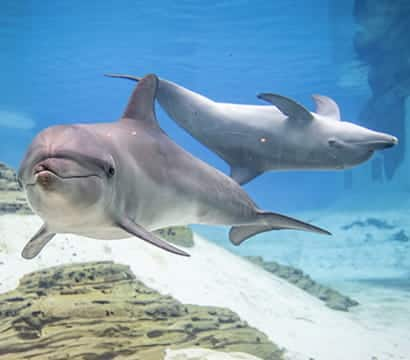
Indo-Pacific Bottlenose Dolphin
[Our marine mammal habitat viewing panel will be closed every Tuesday and Wednesday for upgrading works.]
Dolphins are social animals that live in small groups known as pods.
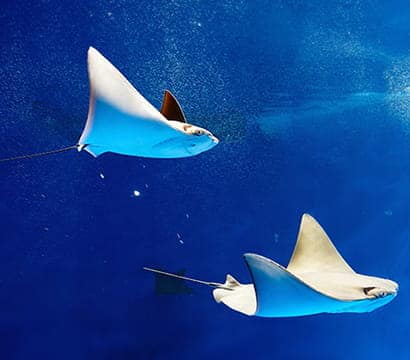
Javanese Cownose Ray
Cownose rays are found in shallow marine and brackish coastal waters and swim in large schools.
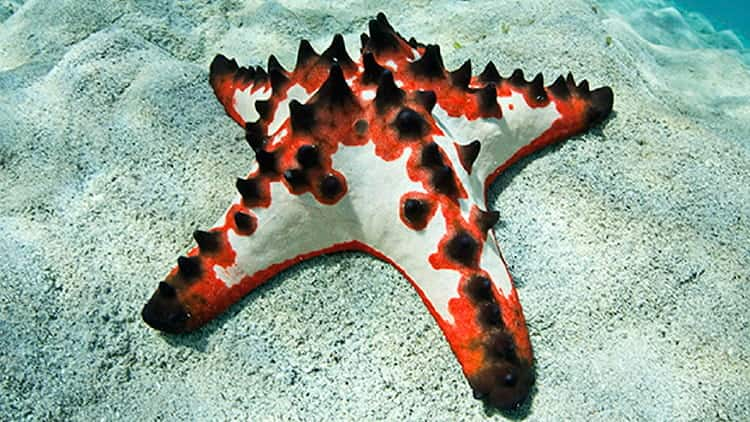
Knobbly Sea Star
Knobbly sea stars can be found along the shores of Singapore during low tides.
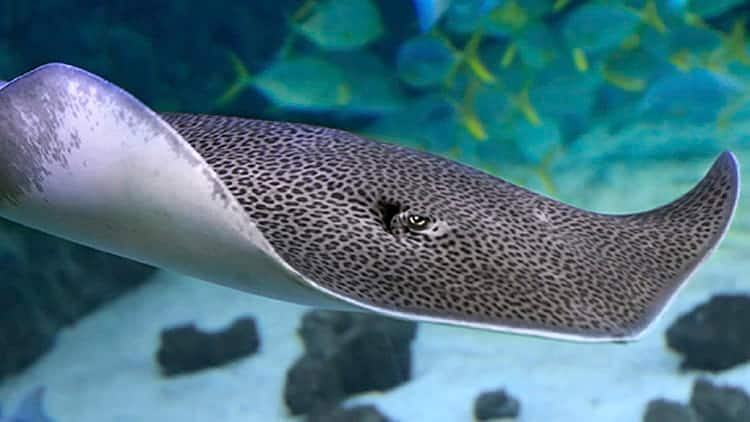
Leopard Whipray
Leopard whiprays are named for the patterns on their body and are bottom-dwellers found near reefs.
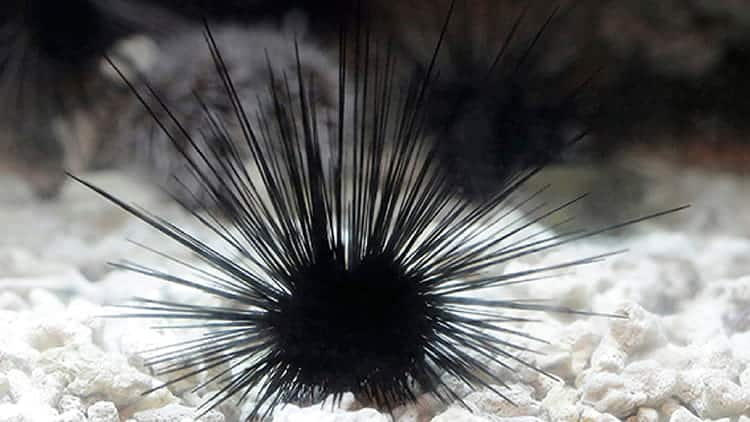
Long-spined Sea Urchin
Long-spined sea urchins are covered in long, hollow, venomous spines that can grow up to 30 centimetres.
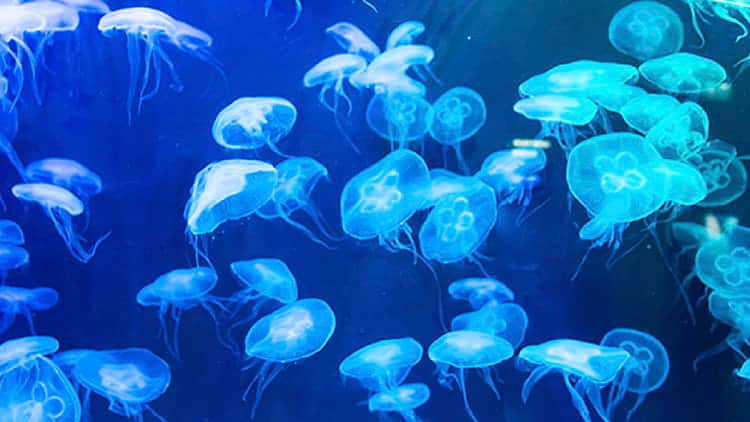
Moon Sea Jelly
Moon sea jellies are found in tropical and temperate waters, especially near coastlines.
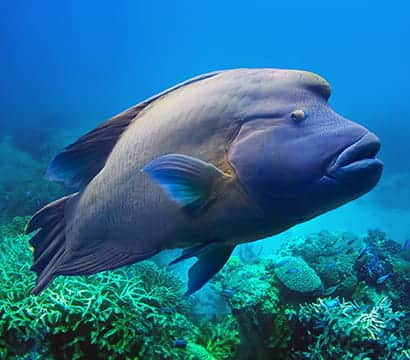
Napoleon Wrasse
One of the largest coral reef fishes, Napoleon wrasses are victims of overfishing and illegal trade.
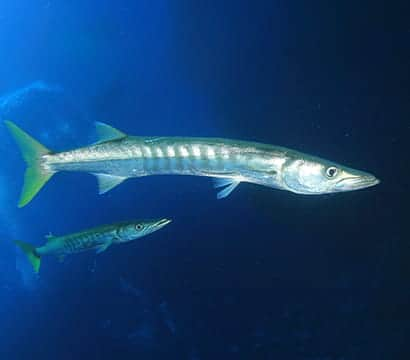
Pickhandle Barracuda
Pickhandle barracudas are known to be solitary active hunters but have been seen to form small schools.
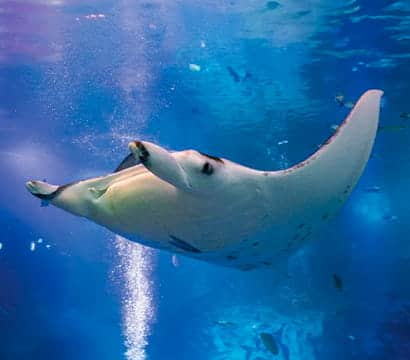
Reef Manta Ray
Manta rays are one of the largest creatures in our oceans, but feed on some of the tiniest - plankton!
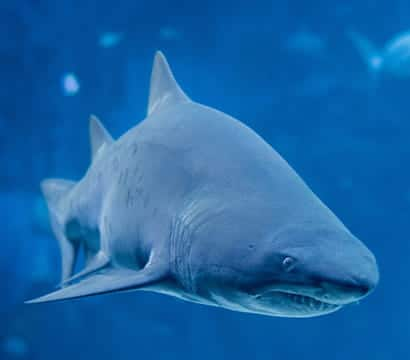
Sand Tiger Shark
Sand tiger sharks are slow-moving sharks with no natural predators but their population are in decline.
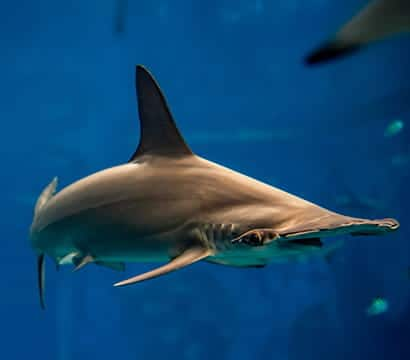
Scalloped Hammerhead Shark
Scalloped hammerhead sharks are named after the shape of their broad head, which resembles the shape of a hammer.
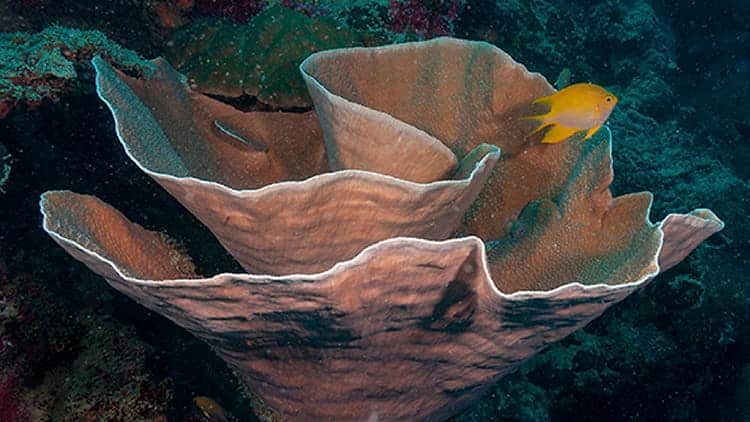
Scroll Coral
Scroll corals are adaptable and appear in many sizes and shapes, resembling vases, plates and columns.
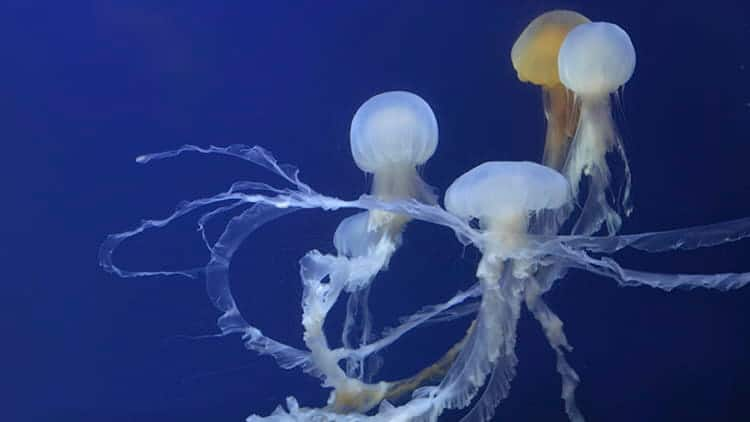
Sea Nettle
Sea nettles are invertebrates that prey on zooplankton, small fishes and other sea jellies.
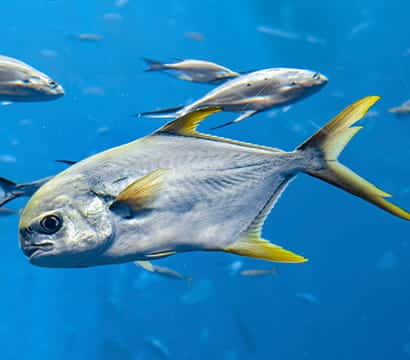
Snubnose Pompano
Snubnose pompanos inhabit sandy shores and coral reefs, where they forage for hard-shelled invertebrates such as crabs.
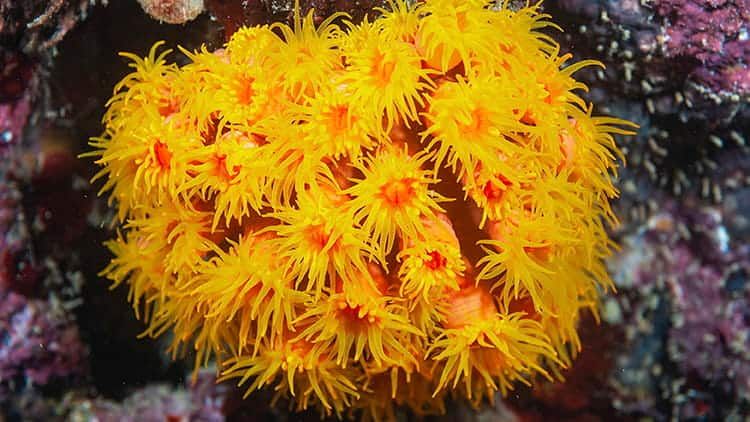
Sun Coral
Sun corals are named for their usual bright yellow or orange colouration and the sun-like appearance of individual polyps.
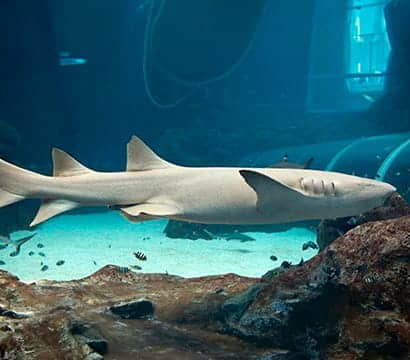
Tawny Nurse Shark
Tawny nurse sharks are nocturnal and are found during the day in groups up to 40 individuals lying closely together.
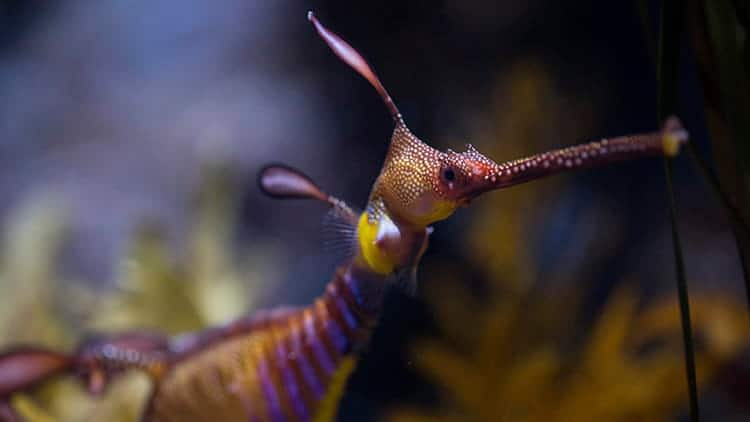
Weedy Sea Dragon
Weedy sea dragons have a dragon-like appearance and, just like seahorses, the males are responsible for bearing the young.
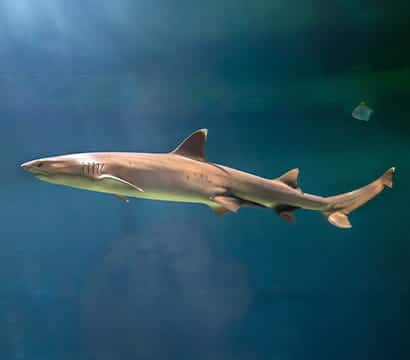
Whitetip Reef Shark
Whitetip reef sharks are named for their white-tipped dorsal and caudal fins. These slender, sluggish sharks feed at night.
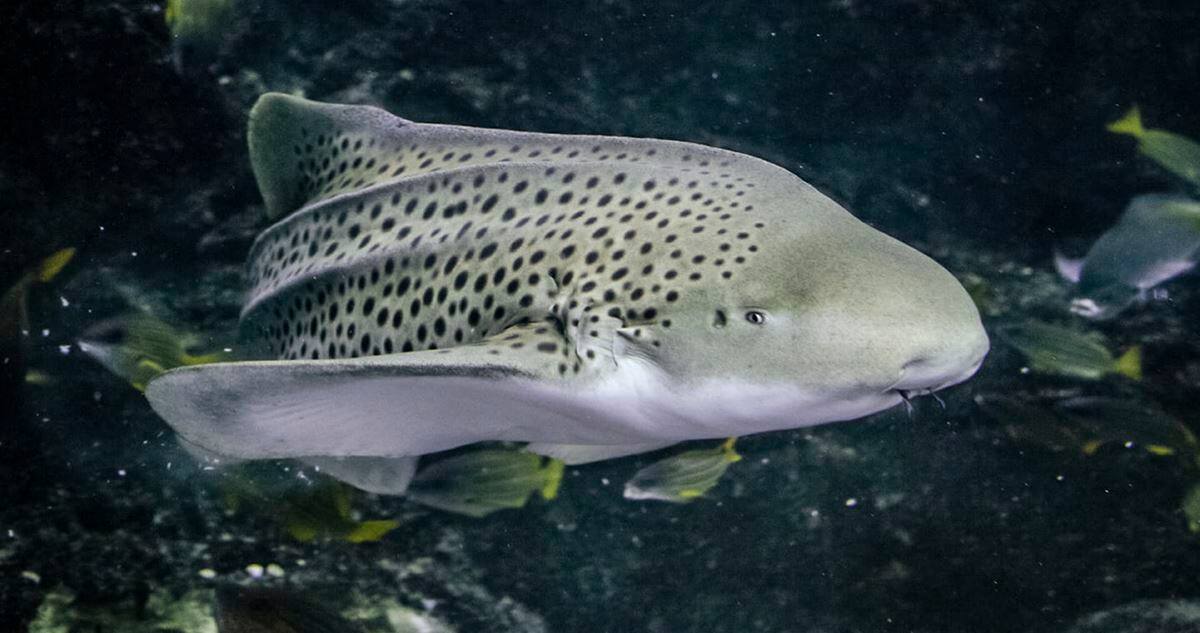
Zebra Shark
Zebra sharks start life with zebra-like stripes but, as they mature, they develop spots on a yellow-coloured body.

Black Sea Cucumber
Black sea cucumbers live on the sea floor, often covered in sand and feed on decaying matter.

Black-blotched Fantail Ray
These rays get their name from the blotches on their broad, circular bodies and have a tail that looks like a fan when they swim.

Blacktip Reef Shark
Blacktip reef sharks are identified by their black-tipped fins and inhabit shallow waters near coral reefs.

Blue Tang
Blue Tangs are surgeonfish that have a royal blue body with a black palette shape and a yellow tail.

Bowmouth Guitarfish
These endangered rays are often mistaken for sharks due to how their bodies taper off towards the tail like a shark's.

Brain Coral
Brain coral colonies, often found on reef flats, are massive and form thick walls that are flat or dome-shaped.

Bumphead Parrotfish
Bumphead parrotfish are one of the largest coral reef fishes, and can grow up to 1.3 metres in length.

Clownfish
Clownfish are feisty fishes that have a special relationship with sea anemones.

Giant Grouper
Giant groupers are one of the world's largest reef-dwelling bony fish, growing up to 2.7 metres.

Giant Moray Eel
Moray eels look like snakes but they are in fact a type of fish.

Green Brittle Star
Brittle stars are one of the fastest-moving echinoderms, darting underneath rocks to evade predators.

Indo-Pacific Bottlenose Dolphin
[Our marine mammal habitat viewing panel will be closed every Tuesday and Wednesday for upgrading works.]
Dolphins are social animals that live in small groups known as pods.

Javanese Cownose Ray
Cownose rays are found in shallow marine and brackish coastal waters and swim in large schools.

Knobbly Sea Star
Knobbly sea stars can be found along the shores of Singapore during low tides.

Leopard Whipray
Leopard whiprays are named for the patterns on their body and are bottom-dwellers found near reefs.

Long-spined Sea Urchin
Long-spined sea urchins are covered in long, hollow, venomous spines that can grow up to 30 centimetres.

Moon Sea Jelly
Moon sea jellies are found in tropical and temperate waters, especially near coastlines.

Napoleon Wrasse
One of the largest coral reef fishes, Napoleon wrasses are victims of overfishing and illegal trade.

Pickhandle Barracuda
Pickhandle barracudas are known to be solitary active hunters but have been seen to form small schools.

Reef Manta Ray
Manta rays are one of the largest creatures in our oceans, but feed on some of the tiniest - plankton!

Sand Tiger Shark
Sand tiger sharks are slow-moving sharks with no natural predators but their population are in decline.

Scalloped Hammerhead Shark
Scalloped hammerhead sharks are named after the shape of their broad head, which resembles the shape of a hammer.

Scroll Coral
Scroll corals are adaptable and appear in many sizes and shapes, resembling vases, plates and columns.

Sea Nettle
Sea nettles are invertebrates that prey on zooplankton, small fishes and other sea jellies.

Snubnose Pompano
Snubnose pompanos inhabit sandy shores and coral reefs, where they forage for hard-shelled invertebrates such as crabs.

Sun Coral
Sun corals are named for their usual bright yellow or orange colouration and the sun-like appearance of individual polyps.

Tawny Nurse Shark
Tawny nurse sharks are nocturnal and are found during the day in groups up to 40 individuals lying closely together.

Weedy Sea Dragon
Weedy sea dragons have a dragon-like appearance and, just like seahorses, the males are responsible for bearing the young.

Whitetip Reef Shark
Whitetip reef sharks are named for their white-tipped dorsal and caudal fins. These slender, sluggish sharks feed at night.

Zebra Shark
Zebra sharks start life with zebra-like stripes but, as they mature, they develop spots on a yellow-coloured body.

Black Sea Cucumber
Black sea cucumbers live on the sea floor, often covered in sand and feed on decaying matter.

Black-blotched Fantail Ray
These rays get their name from the blotches on their broad, circular bodies and have a tail that looks like a fan when they swim.

Blacktip Reef Shark
Blacktip reef sharks are identified by their black-tipped fins and inhabit shallow waters near coral reefs.

Blue Tang
Blue Tangs are surgeonfish that have a royal blue body with a black palette shape and a yellow tail.

Bowmouth Guitarfish
These endangered rays are often mistaken for sharks due to how their bodies taper off towards the tail like a shark's.

Brain Coral
Brain coral colonies, often found on reef flats, are massive and form thick walls that are flat or dome-shaped.

Bumphead Parrotfish
Bumphead parrotfish are one of the largest coral reef fishes, and can grow up to 1.3 metres in length.

Clownfish
Clownfish are feisty fishes that have a special relationship with sea anemones.

Giant Grouper
Giant groupers are one of the world's largest reef-dwelling bony fish, growing up to 2.7 metres.

Giant Moray Eel
Moray eels look like snakes but they are in fact a type of fish.

Green Brittle Star
Brittle stars are one of the fastest-moving echinoderms, darting underneath rocks to evade predators.

Indo-Pacific Bottlenose Dolphin
[Our marine mammal habitat viewing panel will be closed every Tuesday and Wednesday for upgrading works.]
Dolphins are social animals that live in small groups known as pods.

Javanese Cownose Ray
Cownose rays are found in shallow marine and brackish coastal waters and swim in large schools.

Knobbly Sea Star
Knobbly sea stars can be found along the shores of Singapore during low tides.

Leopard Whipray
Leopard whiprays are named for the patterns on their body and are bottom-dwellers found near reefs.

Long-spined Sea Urchin
Long-spined sea urchins are covered in long, hollow, venomous spines that can grow up to 30 centimetres.

Moon Sea Jelly
Moon sea jellies are found in tropical and temperate waters, especially near coastlines.

Napoleon Wrasse
One of the largest coral reef fishes, Napoleon wrasses are victims of overfishing and illegal trade.

Pickhandle Barracuda
Pickhandle barracudas are known to be solitary active hunters but have been seen to form small schools.

Reef Manta Ray
Manta rays are one of the largest creatures in our oceans, but feed on some of the tiniest - plankton!

Sand Tiger Shark
Sand tiger sharks are slow-moving sharks with no natural predators but their population are in decline.

Scalloped Hammerhead Shark
Scalloped hammerhead sharks are named after the shape of their broad head, which resembles the shape of a hammer.

Scroll Coral
Scroll corals are adaptable and appear in many sizes and shapes, resembling vases, plates and columns.

Sea Nettle
Sea nettles are invertebrates that prey on zooplankton, small fishes and other sea jellies.

Snubnose Pompano
Snubnose pompanos inhabit sandy shores and coral reefs, where they forage for hard-shelled invertebrates such as crabs.

Sun Coral
Sun corals are named for their usual bright yellow or orange colouration and the sun-like appearance of individual polyps.

Tawny Nurse Shark
Tawny nurse sharks are nocturnal and are found during the day in groups up to 40 individuals lying closely together.

Weedy Sea Dragon
Weedy sea dragons have a dragon-like appearance and, just like seahorses, the males are responsible for bearing the young.

Whitetip Reef Shark
Whitetip reef sharks are named for their white-tipped dorsal and caudal fins. These slender, sluggish sharks feed at night.

Zebra Shark
Zebra sharks start life with zebra-like stripes but, as they mature, they develop spots on a yellow-coloured body.

Volunteer Programmes
Protecting our oceans is a community effort. Commit to ocean advocacy and join our community of dedicated and passionate volunteers!

Research
As a budding institution for research and conservation, S.E.A. Aquarium undertakes research in-house and with partners for the advancement of science. Read on to learn more.
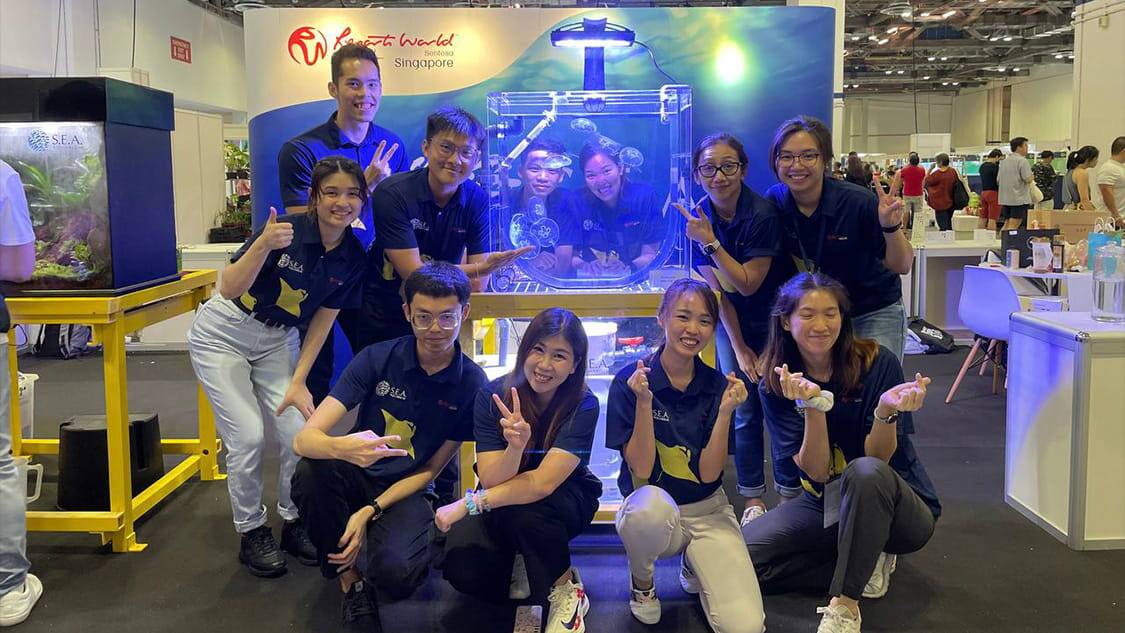
Engagement & Outreach
Outreach is essential to conservation. Find out how the Education, Research and Conservation team works to improve ocean literacy and raise awareness of marine and climate issues.
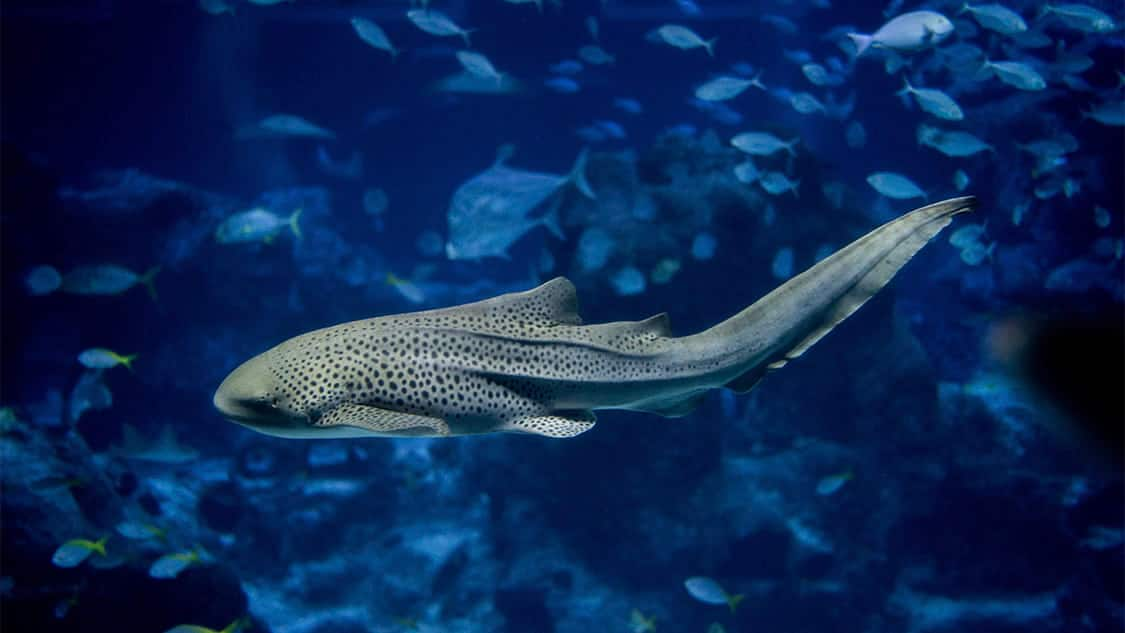
Conservation Stories
Want to learn more about the ocean and S.E.A. Aquarium’s work? Stay up-to-date on marine issues and the Aquarium’s various stories and successes.

Volunteer Programmes
Protecting our oceans is a community effort. Commit to ocean advocacy and join our community of dedicated and passionate volunteers!

Research
As a budding institution for research and conservation, S.E.A. Aquarium undertakes research in-house and with partners for the advancement of science. Read on to learn more.

Engagement & Outreach
Outreach is essential to conservation. Find out how the Education, Research and Conservation team works to improve ocean literacy and raise awareness of marine and climate issues.

Conservation Stories
Want to learn more about the ocean and S.E.A. Aquarium’s work? Stay up-to-date on marine issues and the Aquarium’s various stories and successes.

Volunteer Programmes
Protecting our oceans is a community effort. Commit to ocean advocacy and join our community of dedicated and passionate volunteers!

Research
As a budding institution for research and conservation, S.E.A. Aquarium undertakes research in-house and with partners for the advancement of science. Read on to learn more.

Engagement & Outreach
Outreach is essential to conservation. Find out how the Education, Research and Conservation team works to improve ocean literacy and raise awareness of marine and climate issues.

Conservation Stories
Want to learn more about the ocean and S.E.A. Aquarium’s work? Stay up-to-date on marine issues and the Aquarium’s various stories and successes.